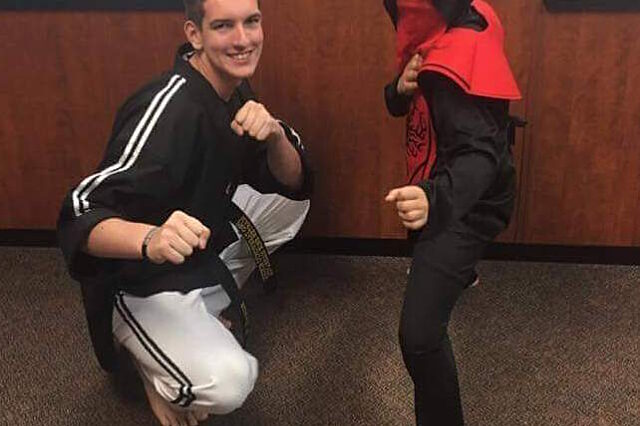Finding the Root of the Problem
Ask Ethan Church what he’s passionate about and the answer may seem unusual for a 17-year-old: forestry and soil science. A first-degree black belt assistant…

Update your location to show providers, locations, and services closest to you.
Patients with bicuspid aortic valve disease (BAVD) require continued monitoring and expert care. UF Health is the only system in the state of Florida that provides a dedicated program focusing exclusively on patients with BAVD.
At the Center for Bicuspid Aortic Valve Disease, you will experience:
The aortic valve is located between the left ventricle, which is the main pumping chamber of the heart, and the aorta, the major artery conveying blood throughout the body. The aortic valve normally consists of three cusps that open and close with each heartbeat. Patients with BAVD, which is part of the heart and vascular care medical specialty, have a congenital anomaly where the valve has only two cusps instead of three.
This condition, which a person is born with, often leads to an improperly working valve that either leaks or develops premature buildup of calcium. Many patients with BAVD are told they have had a heart murmur on exam for many years.
A bicuspid valve may often be associated with additional heart conditions:
Having a bicuspid aortic valve is very common and can be seen in 1-2% of the population. It often occurs in families and is detected in up to 15% of first-degree relatives of people with the condition. A bicuspid valve may work normally for many years without causing symptoms or signs of a problem. An early diagnosis is important to prevent the potential serious complications of BAVD and can lead to superior long-term patient outcomes.
Most of the time, BAV is not diagnosed in infants or children because it causes no symptoms. However, the abnormal valve can leak or become narrow over time.
Symptoms of such complications may include:
During an exam, our health care providers will examine you for likely signs of a BAV, including:
Tests that may be ordered include:
If the provider suspects complications or additional heart defects, other tests may include:
More than 50% of patients with BAVD will require a valve intervention at some point in their lifetime. UF Health cardiac surgery and cardiologists monitor your valve, aorta and heart function regularly with advanced imaging techniques, such as echocardiograms or high-resolution CT scans. If there are changes to your valve or aorta, the BAVD team develops a treatment plan tailored to the individual.
Our surgeons treat BAVD and associated aortic aneurysms with operations, including:
Ask Ethan Church what he’s passionate about and the answer may seem unusual for a 17-year-old: forestry and soil science. A first-degree black belt assistant…
